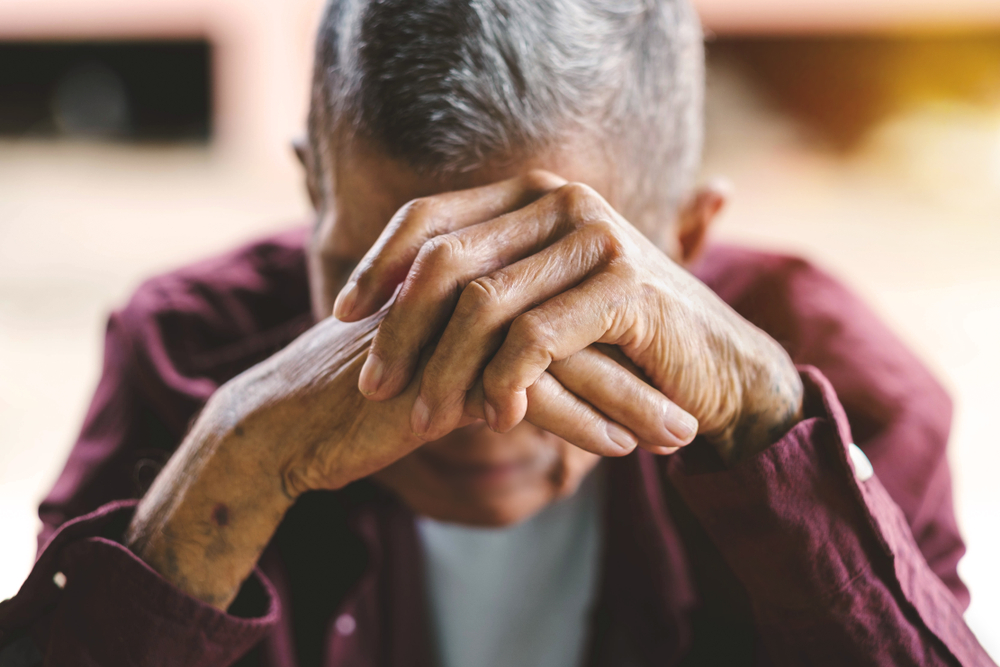The violence against seniors is out of control!
Assaults and homicides against those 60 and older have surged recently and could continue to rise, a new report from the CDC says. This is a worrisome trend as the US population continues to age.
The rate of nonfatal assaults against older adults soared by approximately 53% between 2008 and 2016, studies estimate, after remaining relatively flat between 2002 and 2008.
Researchers said the findings represent an “emerging and underreported” crisis amid an aging America: A projected 78 million people will be 65 or older by 2035, representing about a 1/5 of the American population, according to the Census Bureau.
Nonfatal assault estimates were based on the number of injuries treated in emergency rooms. Notably, researchers said nonfatal injury rates likely were underestimated given that the study only dealt with individuals treated in emergency settings.
The sad reality is that many seniors need special care and are vulnerable to violence perpetrated by a caregiver or even someone they trust.
Studies have also discovered that an estimated 58% of perpetrators of violence against older adults were acquainted with their victims, and a separate analysis showed roughly half of homicides of seniors were committed by a friend or family member.
The risk of experiencing violence can be aggravated by many factors, including residential segregation and lack of opportunities, reports note. Continue reading to learn more about the matter and risk factors!

Men tend to be at a higher risk
When looking at the entire over-60 range, the report finds that men who are in between the ages of 60 and 69 suffered the highest rates of homicides and assaults.
These rates are still climbing and indicate that this demographic group needs the most attention and help concerning violence prevention efforts.
The assault rate was lowest among women who were between 70 and 79, and the homicide rate was lowest among women whose ages ranged between 60 and 69.
The recent jump in violence was even more unusual because the assault rate for all seniors had been stagnant from 2002 to 2008 but then rose by 53.1% from 2008 to 2016.
The CDC says it’s investigating the cases of violence against seniors and how they differ across various age and gender demographic groups. Those who were assaulted were most commonly hit.
Homicides usually involve cutting, shooting, piercing, or suffocation. Sadly, few strategies have yet been rigorously assessed.
Public health and other providers must continue to come up with ways to prevent violence among this population and help those who have been victimized so they don’t experience more violence.
The CDC said emergency services are set to refer victims to support services. Still, it cited a study that found providers “missed or didn’t respond to cases of older adult abuse because they didn’t have knowledge or the time required to conduct assessments.”
A rep from the National Center on Elder Abuse said that the report reflects the need for tools that help emergency room divisions detect signs of elder abuse.
She advocated for similar protocols to the methods used for child abuse for elderly people who have bruises in places that “aren’t normal,” like the back or neck.
The CDC also outlines a series of risk factors for those who are capable of committing an assault against seniors.
They include alcohol or drug use, lack of social support, high stress levels and low coping resources, emotional or financial dependence on the older adult, no training for adult care, and depression.
This is a public health problem
The CDC regards violence as a public health issue, recognizing that it hasn’t consistently been recognized this way. They admittedly see that the senior population has grown faster than younger generations.
Therefore, they expect older adult health issues to become more prominent over time. In 2017, those 60 and older accounted for 22% of the American population, and the older group is expected to increase to 28% by 2050.
The CDC evaluated the trends using information gathered by the National Electronic Injury Surveillance System. It collects data on roughly 500,000 nonfatal injury-related visits yearly from a nationally representative sample of hospital emergency departments.
Data from the CDC’s National Vital Statistics System was also used to determine homicide trends.
Between 2002 and 2016, roughly 643,191 nonfatal assault victims that were 60 or older were treated in emergency departments, the data show, and 19,059 seniors were victims of homicide.
Nevertheless, some advocates for older Americans say the data understate the full scope of the issue. “The report is minimal,” according to a national coordinator for the Elder Justice Coalition.
He believes that the emergency department records don’t capture all assaults and also admitting ER personnel have limited knowledge about senior abuse. A more comprehensive report involving adult protective services and long-term care is required.

What can you do?
If you’d like to help prevent elder abuse, the CDC recommends:
-Educate yourself and others about how to identify elder abuse.
-Listen and understand the challenges of older adults.
-Check on those who might have fewer family members and friends.
-If you suspect abuse, report it to adult protective services agencies.
-Encourage and assist people, including caregivers with alcohol or drug abuse, to get help.
-When possible, involve more people than family members and formal caregivers in financial and health care matters.
If you’re an older adult, here’s how the Elder Justice Coalition recommends protecting yourself:
-Be selective with caregiver choices through trusted agencies, background checks, and trusted family members or friends.
-Avoid isolation by participating in community events, familiarizing yourself with neighbors, and staying in touch with family.
What are your thoughts on the matter? Please feel free to share them with us in the comments section below. Meanwhile if you found this article interesting, we highly recommend you also read: The Dark History of Eugenics: Unethical Experiments for a So-Called “Better Race”






















